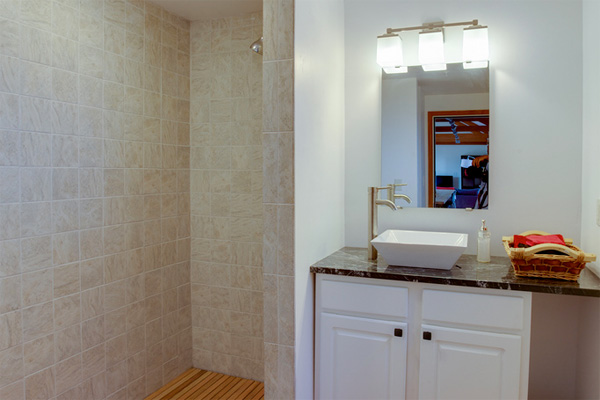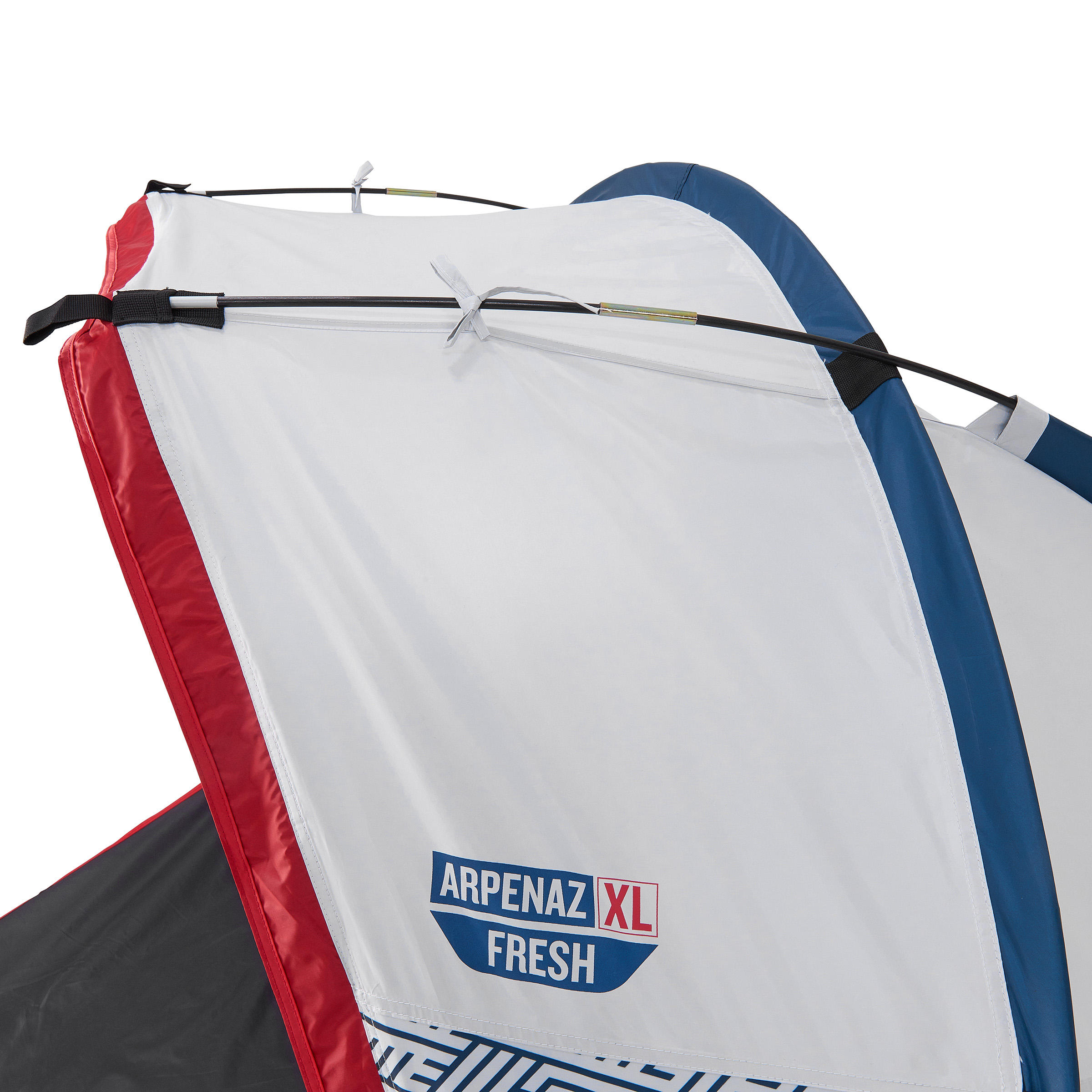

The Silo House is a modular structure with three interconnecting cylindrical rooms. The blue light, so typical for LED, stimulates activity. The Silo House, built in 2009 for the biennial Solar Decathlon Competiton in Washington, D.C., was Cornell University's third and final entry to the Solar Decathlon Competition. In an environment with mostly artificial lighting, the color spectrum of the light source is crucial. In a natural environment, its most important synchronizer is a regular variation of light and darkness. It is operated by the so-called inner biological clock. Why? The human organism functions in a certain natural – circadian rhythm (in Latin circa - roughly, diem – day). In the interior, we use LED lighting only in some places and with due consideration (the kitchen counter, indirect lighting in the bathroom, overall lighting of the living area) and we supplement it with local bulb lighting. Department of Energy Solar Decathlon is a collegiate competition that prepares the next generation of building professionals to design and build high-performance, low-carbon buildings powered by renewables. In the AIR House, LED light sources are ideal and in the exterior, they are used exclusively. Manufacturers claim that, compared to a standard light bulb, LED lighting saves 85% of energy and their life span is 35 times longer. The hot-air ventilation unit is connected to an outer loop control and intelligent house control with data collection.

In the AIR House, the interior air quality is provided by a Duplex RB4 EC ATREA hot-air ventilation unit. Heat recuperation ventilation system ensures optimal air exchange and during ventilation minimizes heat loss, which represents up to 40% of the entire loss of the building in standard family houses.

During winter and for the competition purposes, we will use recuperation of waste heat. In the Czech Republic climate, the house will be ventilated naturally most of the year. For the use in Czech Republic, the house features a standalone PV unit for ensuring the operation of common appliances with lower power consumption and testing and monitoring the energy self-sufficient concept of the AIR House. During the contest week in US, electrical energy will transfer to the Solar Village micro grid. AIR House is equipped with 30 amorphous crystalline panels 350x210x8mm 185 Wp. The final design is 'post-agrarian,' a reminder of a future without farms.Save this picture! © AIR House - Solar Decathlon Team Czech Republicĥ0 m2 of PV panels generate all the energy needed for operating the house. The circular shapes of the house reflect the silos that dot the rolling hills of upstate New York, which served as the primary design inspiration for the team. The Silo House, built in 2009 for the biennial Solar Decathlon Competiton in Washington, D.C., was Cornell University's third and final entry to the Solar Decathlon Competition. Honoring their commitment to raise public awareness, the team members worked with Ithaca city schools to introduce students to solar energy and energy efficiency. Department of Energy Solar Decathlon is an international competition that challenges 20 collegiate teams to design, build, and operate. The different perspectives that came into building our first project sowed the first seeds for potentially doing a larger quantity and wider range of projects.Ī unique feature of the Cornell house is the 'Light Canopy,' a streamlined framework of steel trusses that support a PV system, evacuated tubes for water and space heating, and vegetated latticework panels called 'greenscreens' that provide shade in summer. Solar Decathlons are today, choose from the links in the following tables or select a pin in the map below.

To learn more about where the houses from the U.S. For night time, the team used compact fluorescent bulbs wiht an energy consumption of 15 to 30 watts throughout the house. Their housesnow located throughout the United States and around the worldcontinue to serve numerous education-, conservation-, and community-oriented functions. The CUSD plan for the sustainable house design was unique as it combined architectural elements to allow daylight to fill the house despite the time of day.


 0 kommentar(er)
0 kommentar(er)
